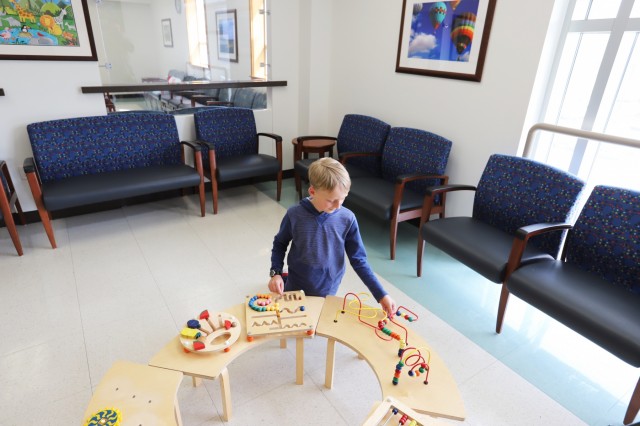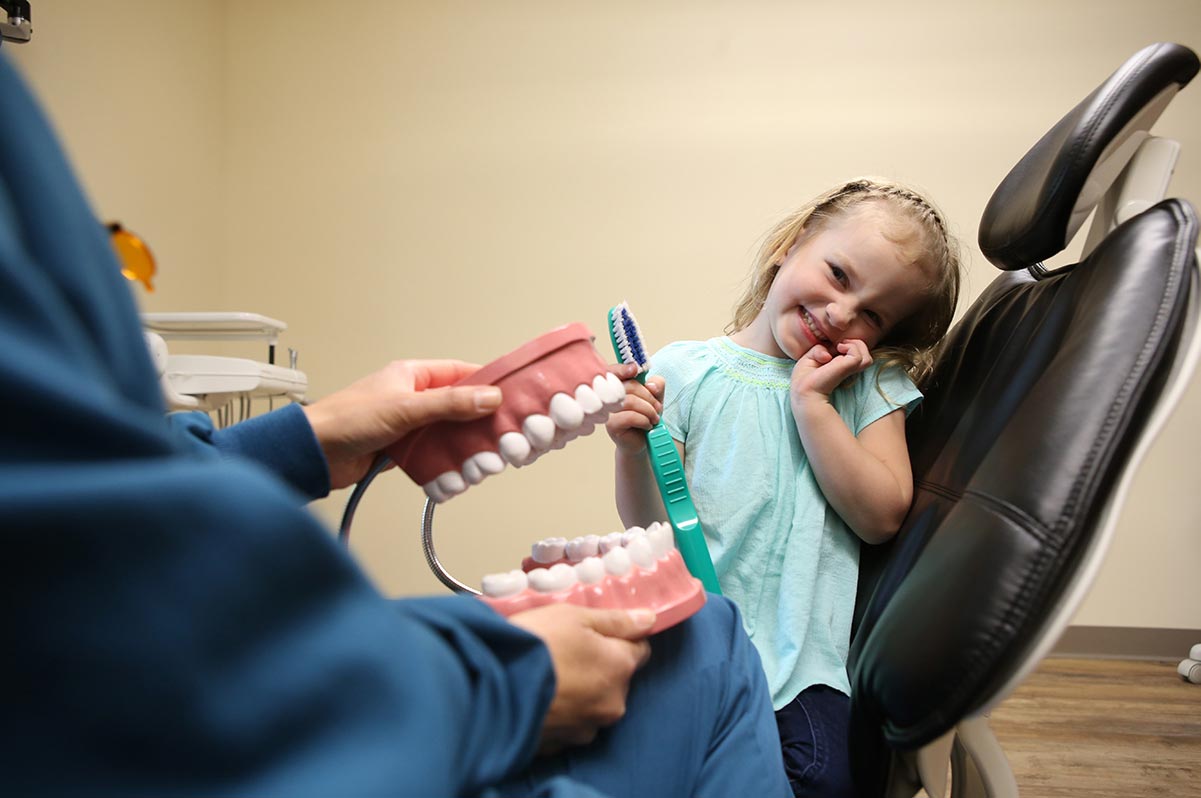
Laughing gas is one of several sedatives used in sedation dentistry, which is the use of sedatives in dentistry to help patients feel more at ease and relaxed during complex or painful dental procedures.

Other effects you may experience with laughing gas include lightheadedness, giddiness, heaviness or tingling in the limbs, mental confusion, and mild hallucinations. Some people may feel like laughing after receiving this sedative, while others may simply feel content and completely at ease. Nitrous oxide earned its nickname due to the way it interacts with neurotransmitters like dopamine to make you feel euphoric, relaxed, and happy. All these effects produce feelings of calm, comfort, relaxation, and dulled pain that make certain dental procedures much easier to endure. This medication also triggers the release of dopamine-a neurotransmitter that regulates feelings of pleasure and euphoria. Laughing gas binds to opioid receptors to reduce the sensation of pain and interacts with GABA receptors to reduce anxiety. Laughing gas interacts with neurotransmitters and brain receptors much in the same way as opioids and benzodiazepines. Laughing gas helps reduce pain and awareness so you can relax, but keeps you awake so you can hear and respond to your dentist as needed. This anesthetic is delivered through a small mask that is placed over your nose so you can inhale it for the duration of your dental procedure. When used in dentistry, nitrous oxide is mixed with oxygen so patients can inhale this substance and benefit from its sedative effects without being deprived of oxygen. Laughing gas was primarily used for recreation and in public shows for about 40 years until the early 1840s, when dentists recognized its efficacy for use in sedating patients and helping them relax during dental procedures. Nitrous oxide was discovered in 1793 by an English scientist named Joseph Priestley, but was dubbed “laughing gas” in 1799 by a chemist named Sir Humphry Davy. This sedative has been used in clinical dentistry for over 150 years.

The scientific term for laughing gas is nitrous oxide. What does laughing gas do? Is this sedative safe for everyone, including children and pregnant women? Here is everything you need to know about laughing gas, and how it could benefit you if you have an upcoming dental procedure.

Sedatives like laughing gas can help these individuals experience more relaxing, comfortable, and pain-free dentist visits. Certain dental procedures can make some patients feel anxious and scared and may also produce extreme pain and discomfort. Laughing gas is commonly used as a mild sedative in dentistry to relieve pain and help people relax during complex procedures like root canals, wisdom teeth extractions, and even simpler procedures such as a dental cleaning.


 0 kommentar(er)
0 kommentar(er)
